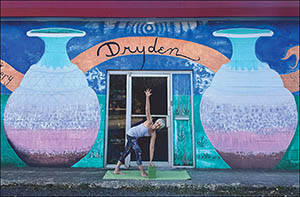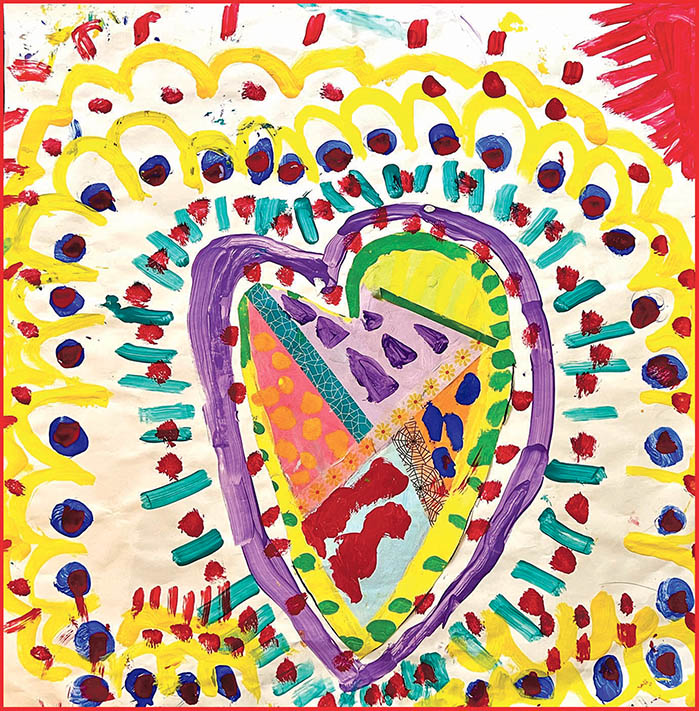Apply sunscreen to all parts of your skin that will be exposed to the sun 20-30 minutes before going out and every two hours after that. If you will be sweating or swimming you will want to find one that is waterproof.
By Alison Crane
Recently, my husband and I became the very happy owners of two kayaks. Our first excursion on the lake had us hooked and we plan to go out kayaking often. Since this means we will be out in the summer sun more, we need to make sure we are as careful to wear sunscreen as we are to wear our life jackets.
When I was a kid in the 70s & 80s, we were limited to just a few skin protection products and most of the emphasis was on products to help you become tan. While I was not a big sunbather, I did get my share of sunburns. Now I am much more protective of my skin in hopes of keeping my skin from revealing my age and preventing skin cancer.
The sunscreens we have available now are more effective in helping protect our skin from the damaging effect of the sun and are much easier to use. But… you must wear it and apply it correctly to get the full benefit.
According to the National Council on Skin Cancer Prevention, most people apply only 25-50 percent of the recommended amount of sunscreen. Use about 1 oz., or a handful to cover your entire body. Apply the sunscreen to all parts of your skin that will be exposed to the sun 20-30 minutes before going out and every two hours after that. Don’t forget to put it on your ears, back, shoulders, the back of your knees and legs.
The U.S. Food and Drug Administration (FDA) recommends that your sunscreen have a sun protection factor (SPF) of at least 15 and should protect against both Ultraviolet A (UV-A) and Ultraviolet B (UV-B) rays. If you will be sweating or swimming you will want to find one that is waterproof. Even if you will be wearing a hat and protective clothing, it is important to use sunscreen.
Some people are sensitive to some sunscreens, but this doesn’t mean you should not use sunscreen at all. Look for a sunscreen that is PABA (para-aminobenzoic acid) free if you are sensitive to that chemical. If you have a reaction to one, try one with different chemicals. Keep an eye on the expiration date of your sunscreen, too. Over time the sunscreen can lose its effectiveness and begin to break down. Always shake well before applying in case it has begun to separate or clump up.
Remember no sunscreen offers 100% protection but using sunscreen and practicing sun safety can go a long way in keeping your skin healthy. July is UV Safety Awareness Month and protecting both your skin and eyes can help keep the summer fun and prevent problems for the future. If you would like to know more about being safe and healthy this summer, contact the Garland County Extension Service for more information, 501-623-6841. Follow our Facebook page for great tips for keeping healthy and being out in your garden or yard to enjoy the summer heat in a safe way – https://www.facebook.com/garlandcountyextension.
Alison Crane is a Family and Consumer Sciences Agent with the Garland County Extension Service. The University of Arkansas System Division of Agriculture offers all its Extension and Research programs to all eligible persons without regard to race, color, sex, gender identity, sexual orientation, national origin, religion, age, disability, marital or veteran status, genetic information, or any other legally protected status, and is an Affirmative Action/Equal Opportunity Employer.









